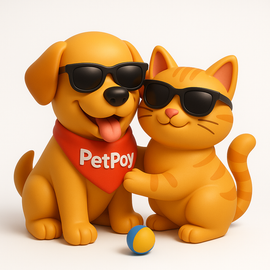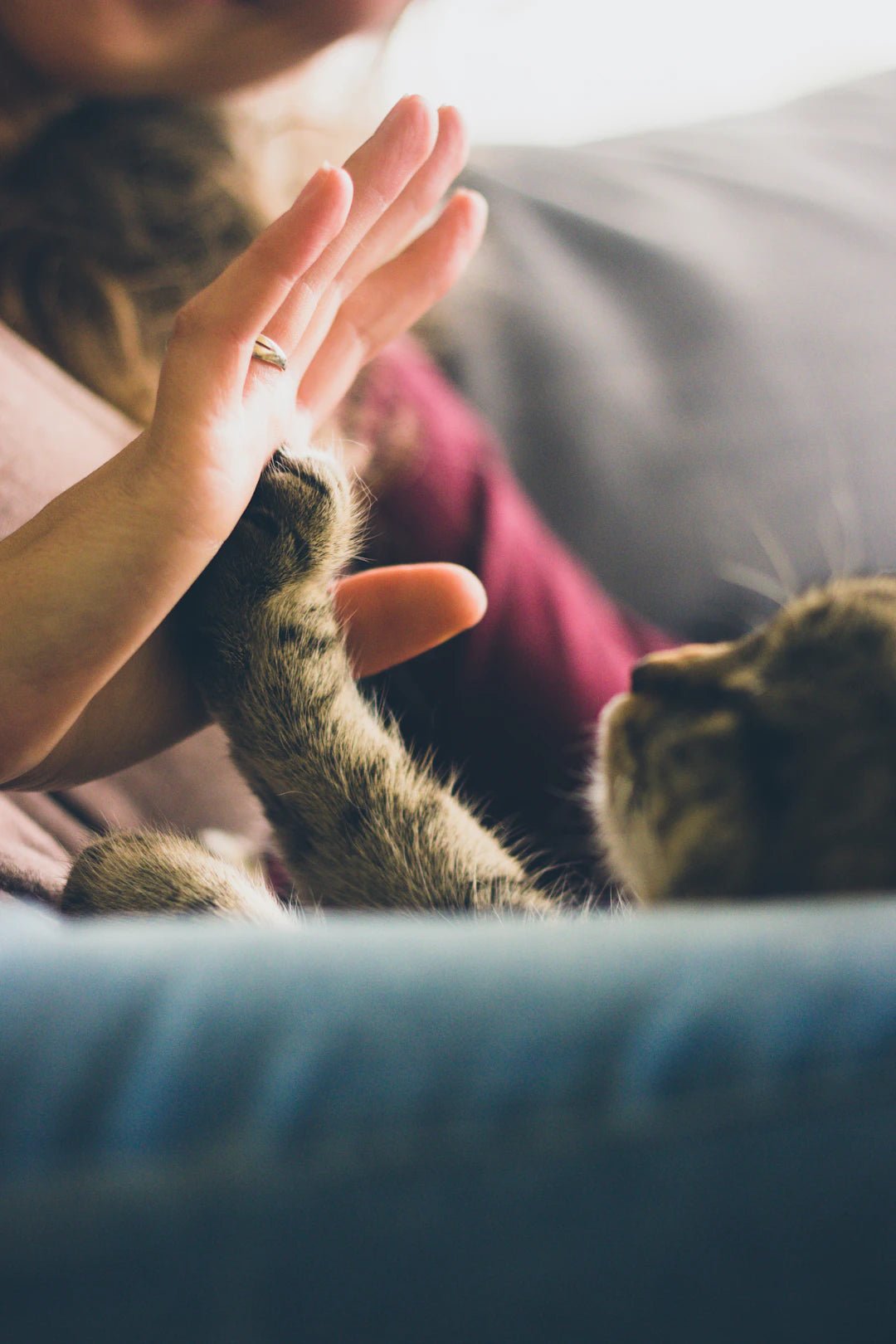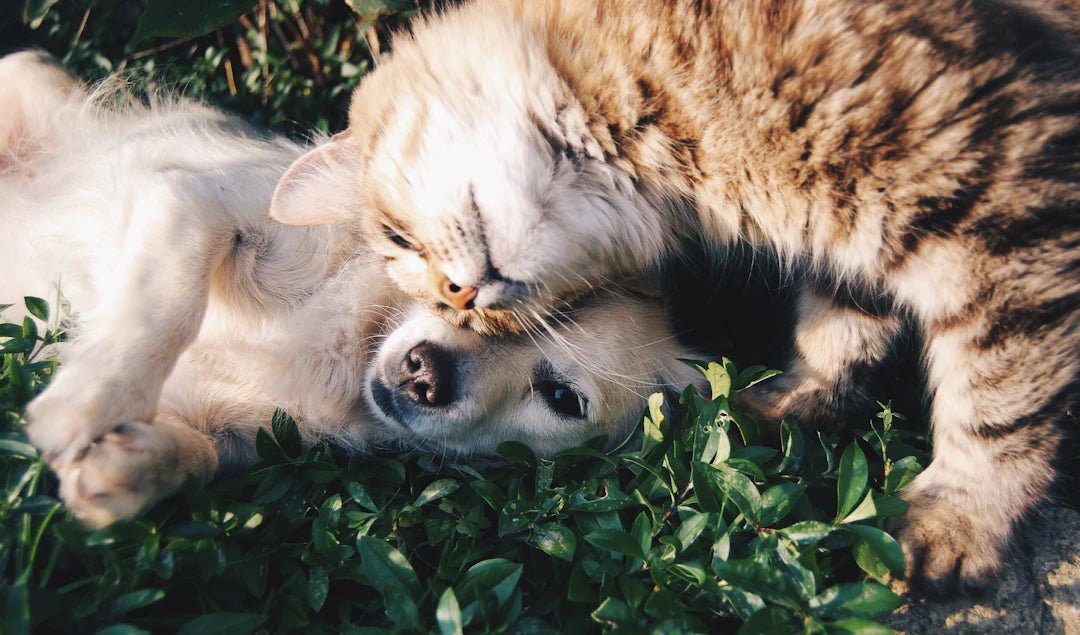The Evolution of Pet Ownership: A Journey Through Time
Frequently Asked Questions
1. What is the historical perspective of pet ownership?
2. When did domestication of dogs and cats begin?
3. How did the Victorian Era influence pet ownership?
4. What are emotional support animals and their significance?
5. What future trends can we expect in pet ownership?
Pet ownership has evolved significantly over the centuries, shifting from mere survival partnerships to deep emotional bonds that often define our lives. In this blog, we will explore the historical perspective of pet ownership, emphasizing how it has changed alongside human society. From ancient times to the modern era, the relationship between humans and their pets has transformed dramatically.
Ancient Beginnings of Pet Ownership
The roots of pet ownership can be traced back thousands of years to when early humans relied on animals for survival. Domestication began with species such as dogs and cats, which were initially kept for practical purposes such as hunting and pest control. These early human-animal relationships were primarily utilitarian, focused on function rather than companionship.
The Role of Dogs in Ancient Societies
Archaeological evidence suggests that dogs were among the first animals to be domesticated, dating back over 15,000 years. In ancient hunter-gatherer societies, dogs assisted in hunting, guarding, and herding livestock. This partnership not only helped improve food security but also laid the groundwork for the emotional ties we often associate with dog ownership today.
The Fascinating Connection with Cats
Similarly, cats were domesticated around 9,000 years ago in ancient Egypt, primarily to control rodent populations that threatened food supplies. The Egyptians revered cats, often depicting them in art and associating them with the goddess Bastet, symbolizing home and fertility. This relationship marked the transition from practical uses in animal ownership to a deeper, more personal connection.
The Rise of the Pet as Family Member
As societies evolved, so did the role of pets. The transformation from livestock and working animals to cherished companions began around the 18th century. With the advent of the Industrial Revolution, more families found themselves living in urban environments, prompting a shift in how they perceived animals.
The Victorian Era: Pets in the Parlor
The Victorian era brought profound changes in social status and norms. It became fashionable among the upper classes to keep pets as status symbols and companions. Dogs, cats, and even more exotic pets like parrots began to adorn drawing rooms and parlors, solidifying the notion of pets as beloved family members rather than mere animals for labor.
During this time, organizations dedicated to animal welfare began to emerge, highlighting the need for humane treatment. This was a significant step towards the modern perspective that pets deserve love, respect, and a healthy living environment.
Modern-Day Pet Ownership: A Cultural Phenomenon
Fast forward to the 21st century, and the statistics surrounding pet ownership are impressive. According to the American Pet Products Association (APPA), over 67% of households in the United States now have at least one pet. Pets are viewed not only as companions but also as integral family members, with families often going to great lengths to ensure their well-being and happiness.
The Human-Animal Bond
The human-animal bond has become a subject of significant research, showcasing the psychological and emotional benefits of pet ownership. Studies show that pets can reduce stress, anxiety, and feelings of loneliness. Additionally, pets promote physical activity, encouraging owners to engage in outdoor activities and maintain a healthy lifestyle.
Alongside the rise of pet ownership, the pet industry has boomed, with various products and services designed to ensure a pet's health and happiness. From gourmet pet foods to specialized accessories, the market has expanded to cater to diverse needs. Furthermore, innovations like ice traction spikes for pet-friendly outdoor winter activities reflect the growing awareness of pet safety and wellbeing.
Shifts in Cultural Attitudes Towards Pets
As pet ownership has grown, so have societal attitudes towards animals. Pet owners today are more informed about animal welfare, leading to a rise in adoption rates and the popularity of rescue organizations. Spaying and neutering pets has also become common, contributing to the reduction of unwanted animals.
Technology and Pet Ownership
Modern technology has drastically changed how we care for and relate to our pets. Apps that track pet health, smart collars that monitor location and activity levels, and online communities that connect pet owners are just a few examples of how technology is enhancing pet care. Even e-commerce platforms like petpoy have arise, streamlining access to essentials for pet parents seeking the best for their loved ones.
The Impact of Dogs and Cats on Our Lives
Beyond companionship, pets have been shown to have a remarkable impact on our physical and mental health. Studies indicate that pet owners generally have lower blood pressure and are less likely to suffer from depression compared to non-pet owners.
Emotional Support Animals
Emotional support animals (ESAs) are becoming increasingly important in today's society. With mental health awareness on the rise, many individuals are recognizing the therapeutic benefits of having pets. ESAs can provide comfort and support to those struggling with anxiety, PTSD, and other psychological issues. This growing trend reinforces the deep emotional connection that humans have developed with their pets over time.
Future Trends in Pet Ownership
Looking ahead, pet ownership will likely continue to evolve. As the demographic of pet owners changes, with millennials and Gen Z becoming influential consumers, the focus on sustainability and ethical practices is expected to rise. From eco-friendly pet products to initiatives that support animal welfare, the industry is adapting to meet the values of its customers.
Innovations in Pet Care
Innovations in pet care technology are also on the rise. New advancements such as DNA testing for breeds, health conditions, and dietary needs are empowering pet owners to make informed decisions about their pets' health and well-being. As we learn more about animal behavior, nutrition, and care, pet ownership will continue to change dramatically.
Enhancing the Pet Ownership Experience
To enhance the pet ownership experience further, fostering a sense of community among pet owners is essential. Online platforms, local meetups, and support groups allow individuals to share insights, experiences, and recommendations. This sense of community not only helps improve pet care practices but also enriches the emotional bonds between fellow pet owners.
As pet ownership evolves, so too will the ways in which we honor and celebrate this connection. Investing in quality time with our pets, participating in community events, and engaging in activities that promote the well-being of animals will help maintain the deep human-animal bond that has been cultivated for thousands of years.
A Future Where All Pets Thrive
As we reflect on the historical evolution of pet ownership, it's evident that our relationship with pets has transcended time and culture. From their early roles as practical helpers to their present status as celebrated family members, pets have carved out an irreplaceable niche in our lives. By continuing to emphasize compassion, responsible ownership, and community engagement, we can ensure that our beloved companions flourish in the decades to come. Let's create a world where all pets are cherished and loved, and where companionship holds at its core the deep emotional connection that brings joy to our lives.



